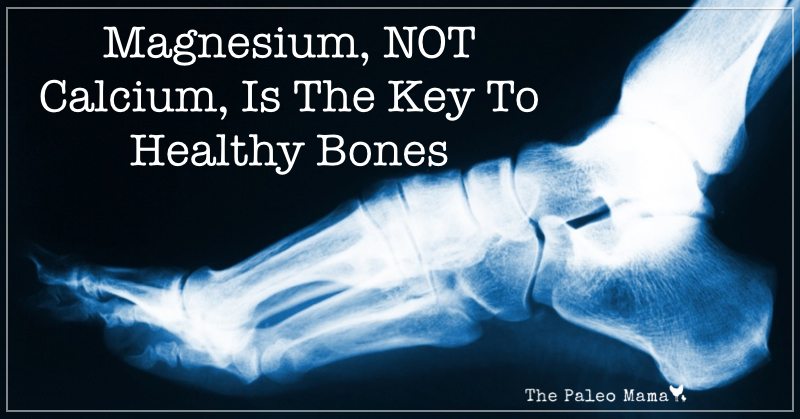
The belief that calcium is the holy grail of what builds strong bones is absolutely ingrained in our society, but has no basis in reality–calcium is but ONE of the many minerals your body needs for building strong bones. Dietary intake of magnesium, not necessarily calcium, may be the key to developing healthy bones during childhood, according to new research presented at the Pediatric Academic Societies (PAS) annual meeting in the USA.
Take a Second Peek At Calcium Claims
The mainstream engine has been promoting the use of calcium to prevent weak bones for decades. Age-old myths that calcium supplementation builds strong bones and teeth are reinforced in almost institution. But how effective is calcium supplementation?
A 2004 study showed that people with excess calcium in their coronary artery and who take statins have a 17-fold higher risk of heart attacks than do those with lower arterial calcium levels; researchers concluded that the two most definitive indicators of heart attack were LDL levels and calcium build-up.
A 2007 study showed that calcium from dietary sources has more favorable effects on bone health than calcium from supplements in postmenopausal women (Am J Clin Nutr 2007).
A 2008 study found calcium supplements are associated with a greater number of heart attacks in postmenopausal women (BMJ 2008)
A 2010 meta-analysis showed calcium supplements (without coadministered vitamin D) are associated with increased risk for heart attack (BMJ 2010)
According to the National Osteoporosis Foundation (NOF), food will always be the best source of calcium: “People who get the recommended amount of calcium from foods do not need to take a calcium supplement. These individuals still may need to take a vitamin D supplement. Getting too much calcium from supplements may increase the risk of kidney stones and other health problems.”
“Calcium supplements have been widely embraced by doctors and the public, on the grounds that they are a natural and therefore safe way of preventing osteoporotic fractures,” said the researchers, led by Professor Sabine Rohrmann, from Zurich University’s institute of social and preventative medicine.
“It is now becoming clear that taking this micronutrient in one or two daily [doses] is not natural, in that it does not reproduce the same metabolic effects as calcium in food,” they added.
Most supplements on the supplement market today contain calcium carbonate which is an inferior form of calcium and manufacturers attach a simple chelating agent like citric acid to make it more absorbable, however the end product is inferior to other calcium supplements such as calcium orotate, which is the only known form of calcium which can effectively penetrate the membranes of cells.
Another fact most people are unaware of is the myth promoted by the dairy industry that consuming pasteurized dairy products such as milk or cheese increases calcium levels. This is totally false. The pasteurization process only creates calcium carbonate, which has absolutely no way of entering the cells without a chelating agent. So what the body does is pull the calcium from the bones and other tissues in order to buffer the calcium carbonate in the blood. This process ACTUALLY CAUSES OSTEOPOROSIS. Milk definitively does not do a body good if it’s pasteurized.
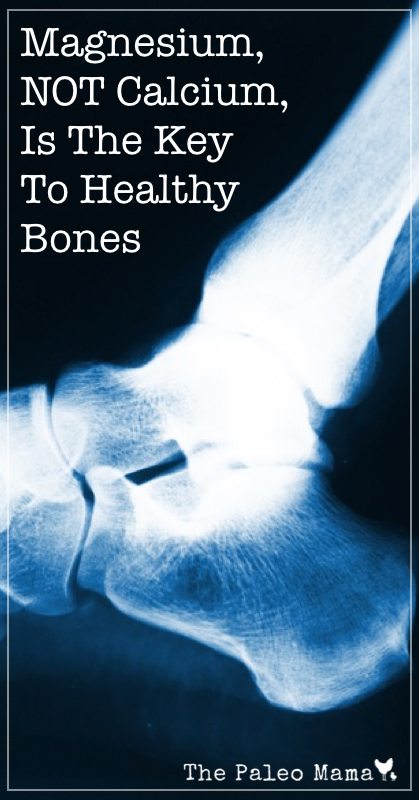
Magnesium and Increasing Awareness
The new data from Professor Steven Abrams and his colleagues at the Baylor College of Medicine in Houston finds that intake and absorption of magnesium during childhood are key predictors of total bone mineral content and bone density – while dietary calcium intake was not significantly associated with such measures.
“Dietary magnesium intake may be an important, relatively unrecognised, factor in bone mineral accretion in children,” the researchers revealed.
“Lots of nutrients are key for children to have healthy bones. One of these appears to be magnesium,” said Abrams. “Calcium is important, but, except for those children and adolescents with very low intakes, may not be more important than magnesium.”
The researchers noted that parents have been long advised to ensure their child has a good intake of calcium in order to help build strong and healthy bones. However, the importance of other minerals essential for bone health, such as magnesium, have not been so well promoted.
Abrams and his team suggested that it may soon be the case that parents are urged to ensure their children also consume enough magnesium.
Greater magnesium intake is significantly related to higher bone mineral density (BMD) in men and women. There is an approximate 2 percent increase in whole-body BMD for every 100 milligram per day increase in magnesium.
Osteoporotic fractures are a significant health problem in aging adults, Dr. Kathryn M. Ryder, of the University of Tennessee, Memphis, and colleagues note in their report. Given the high prevalence of low BMD and fracture, small improvements in BMD may have a large public health effect.
Magnesium is a “lesser-studied” component of bone that may play a role in calcium metabolism and bone strength, they add.
Supplementing With Magnesium
For the majority of human history, the ratio of calcium to magnesium in the diet was 1:1, a ratio that’s considered optimal. A ratio that’s between 1:1 and 2:1 is adequate (for example, 800 mg of calcium to 400 mg of magnesium). Unfortunately, today’s diets contain an average of 10 times more calcium than magnesium.
Magnesium comes in many forms. Magnesium oxide or chloride is fine, as is chelated magnesium. Capsules usually contain 250-500 mg of magnesium. You can also use a calcium/magnesium supplement. Experiment with levels. The Recommended Daily Allowance (RDA) for magnesium is 350-400 mg per day, although for optimal levels, you may need as much as twice that amount.
It’s best to take your magnesium in divided doses throughout the day. You can take it either on an empty stomach or with meals. You can also add Epsom salts to your baths–Epsom salt is magnesium sulfate. It’s absorbed through the skin and will help replenish magnesium stores. This “treatment” can easily include a relaxing bath with a good book.
Only one percent of the body’s magnesium is in the blood, and the body will take it from bones and tissues if that level drops. That means that a blood test could easily show a normal reading, even when the rest of the body is very deficient.
The best sources of magnesium will always be food. Dietary sources of magnesium include green leafy vegetables. Cacao, seeds, and nuts of any kind are among the highest food sources in magnesium.
This article by Marco Torres is licensed under CC by 2.0.
Marco Torres is a research specialist, writer and consumer advocate for healthy lifestyles. He holds degrees in Public Health and Environmental Science and is a professional speaker on topics such as disease prevention, environmental toxins and health policy.
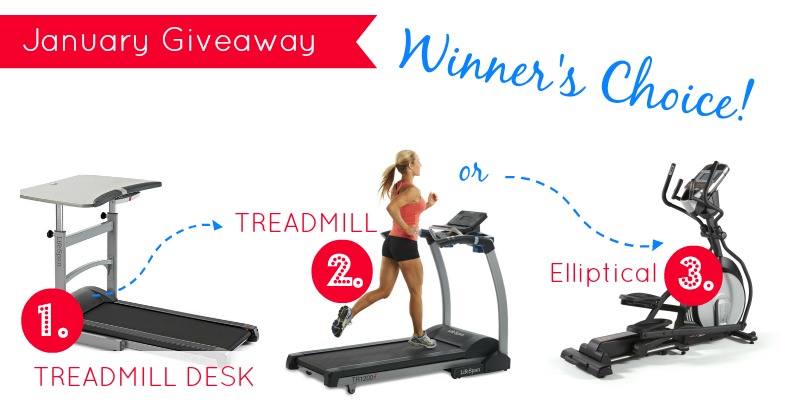



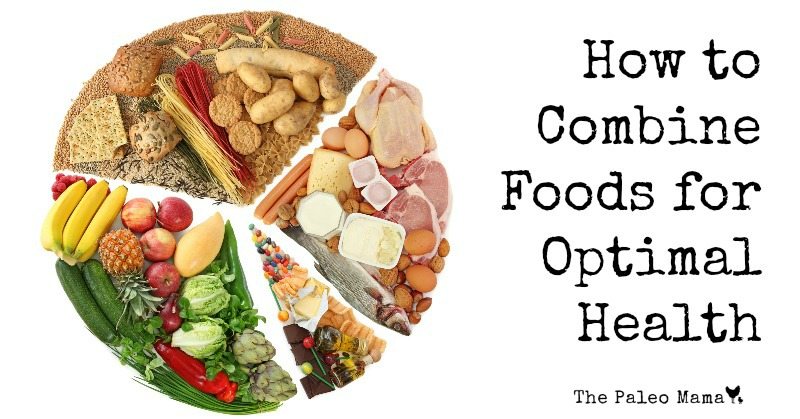
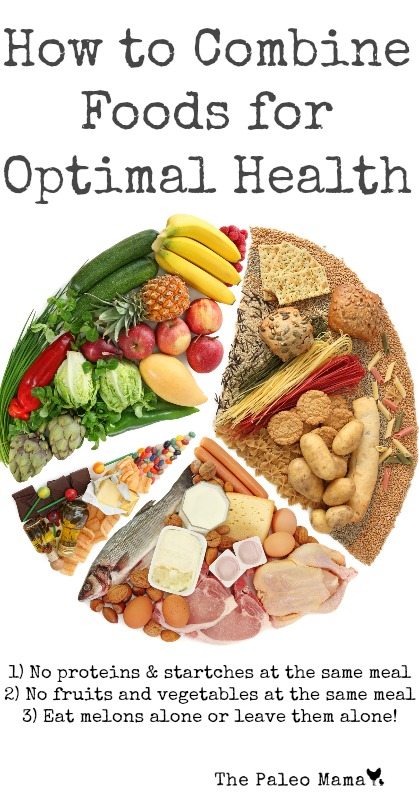
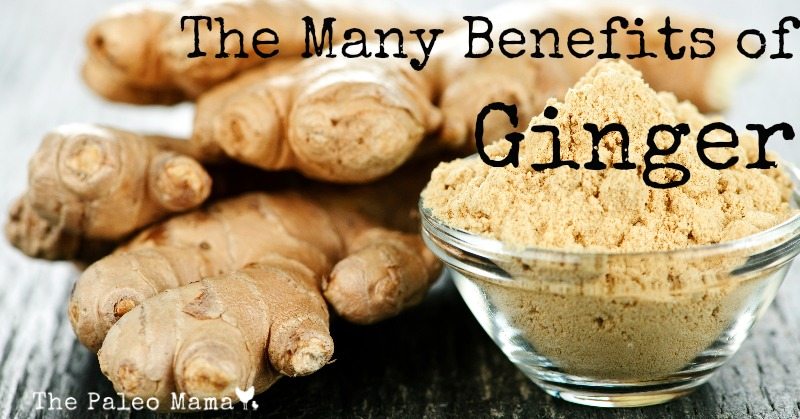
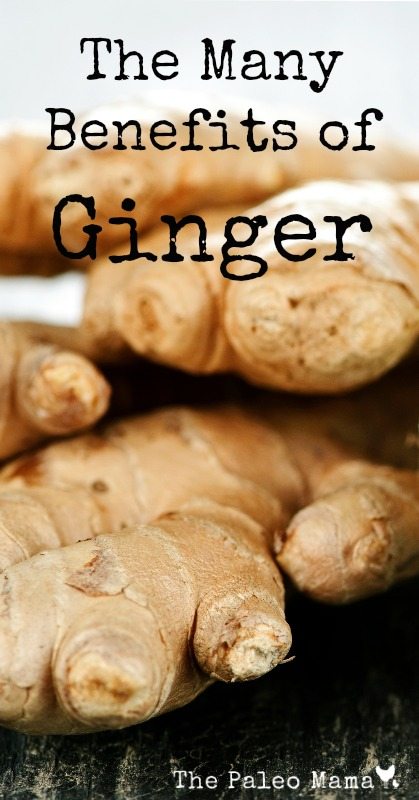
 I’ve been blessed to have amazing births with both my kids. Both of them were very different. My first child was an induced hospital birth with an epidural. My second was a 100% natural birth in a bathtub with no meds or epidural. I’m sort of glad that I have been able to have both experiences because I’m able to talk about the differences in both. Many people think they can’t stand the pain of a natural birth, however, I found the pain very minimal compared to my hospital birth.
I’ve been blessed to have amazing births with both my kids. Both of them were very different. My first child was an induced hospital birth with an epidural. My second was a 100% natural birth in a bathtub with no meds or epidural. I’m sort of glad that I have been able to have both experiences because I’m able to talk about the differences in both. Many people think they can’t stand the pain of a natural birth, however, I found the pain very minimal compared to my hospital birth.